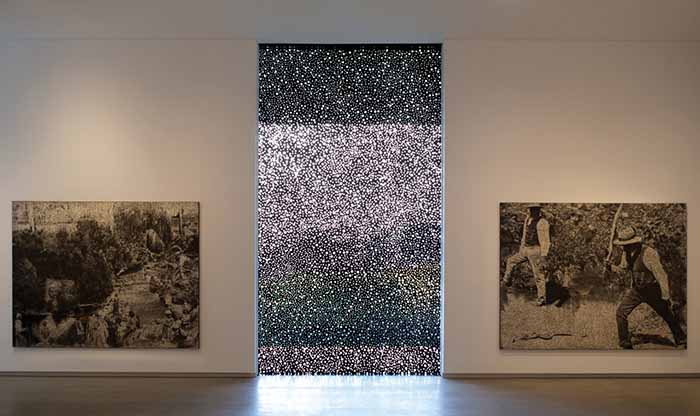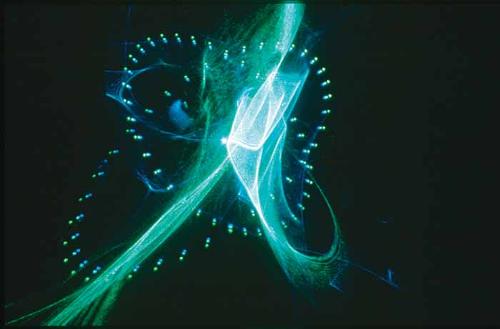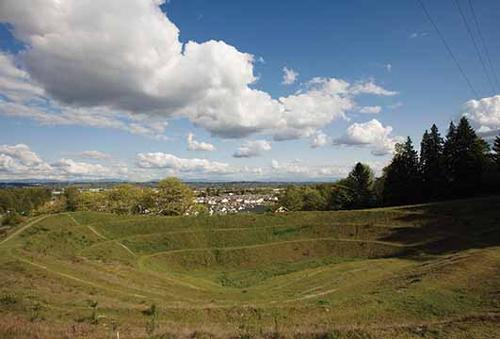
Whisper in My Mask, the fifth TarraWarra Biennial, is a collaboration between curators Natalie King and Djon Mundine. King, who curated Up Close: Carol Jerrems with Nan Goldin, Larry Clark and William Yang at Heide in 2010, is interested in edgy subcultures and relationships - between artists, milieus, individuals; Mundine's writing and curatorial practice has focused on Aboriginal art, including the commissioning of the remarkable Aboriginal Memorial (1987–1988), a project similarly geared towards the collective.
The joint catalogue essay by King and Mundine offers an insight into their shared methodology: 'The relationality of curating individual artists, community, society, inside and outside the gallery, and creating a conversation between objects and community through a number of devices and on a number of levels, is something we unconsciously just thought was our normal practice.’ King and Mundine’s practice foregrounds relationships, collaboration and conversation and this is evident in the assembled artists and works. This methodology underpins the biennial in a myriad of ways, and, in fact, forms the most cogent framework for thinking about the exhibition.
Whisper in My Mask features sixteen individuals and groups, including a number of collectives: boat-people, a Sydney based collective of ten who contributed a video-based work; The Tjanpi Desert Weavers, a dynamic social enterprise that were commissioned to make sculptures; as well as artistic collaborations by Destiny Deacon and Virginia Fraser, Veronica Kent and Sean Peoples, Karla Dickens in partnership with Lismore Soup Kitchen and Southern Cross University, and sisters Gabriella Mangano and Silvana Mangano.
The exhibition explicitly draws on the trope of the mask. The accompanying catalogue essays elaborate an understanding of the origins, meaning, symbolism and use of masks in Western and Indigenous cultures. Masks allude, we know, to human disguise, to camouflage, to erasure, secrets and hidden meanings. How then is this theme articulated across the exhibition? Walking through the gallery space there was a palpable sense of intensity. Between Polixeni Papapetrou’s photographs of clowns, some wearing costumes made of the Union Jack; boat-people’s video installation Muffled Protest depicting the collective’s artists sitting on the steps of the Sydney Opera House with their faces covered by the Australian flag; Tony Garifalakis’ photographic camouflage portraits; and Nasim Nasr’s video installation of a weeping woman wearing a chador, I felt the full impact of so many potent symbols in close proximity.
Fiona Foley’s sculptural installation of towering serif letters spelling out Black Velvet rendered in wood and metal (referring to the racial slur and not simply fabric) ratcheted it up a notch. Even with quieter works and poetic spaces in play, the call to action dominates. Foley’s artwork in the centre of the gallery reads like a provocative headline in an exhibition that feels like news; a cacophony of people, stories and recent events demanding our attention.












